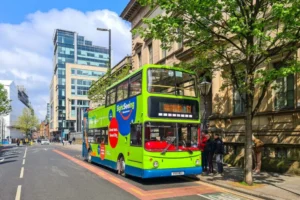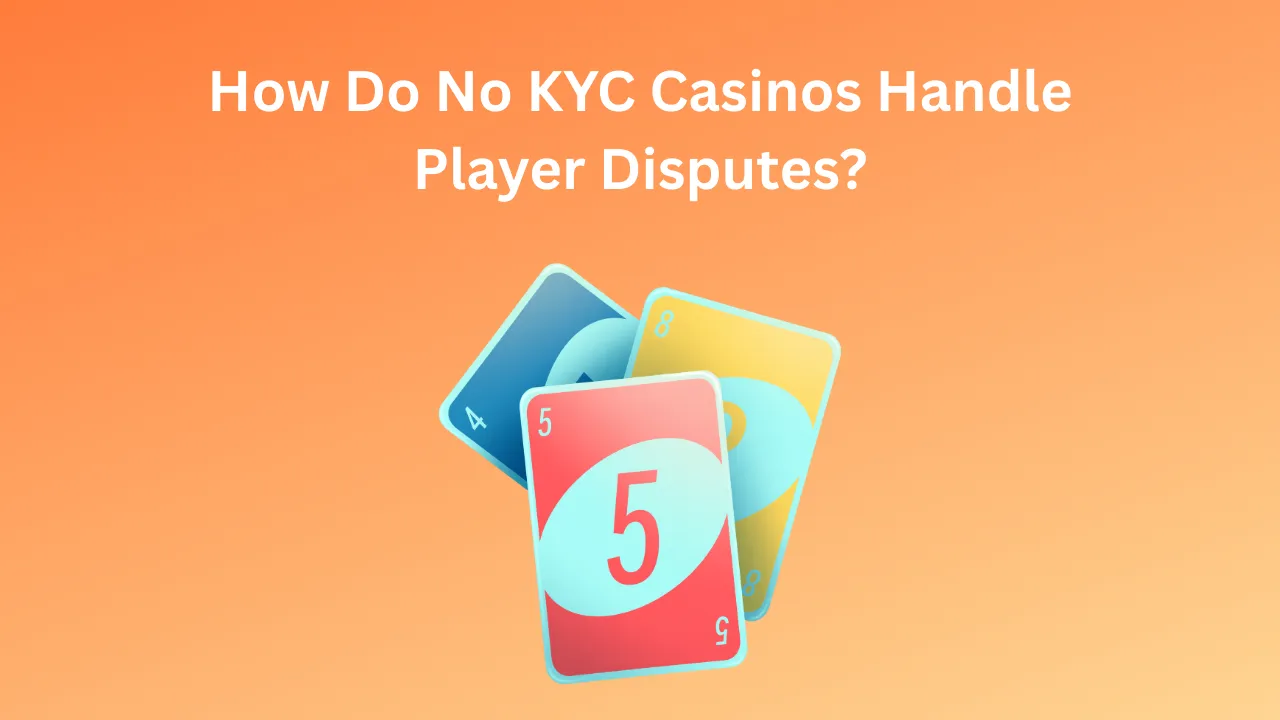In the dynamic world of gambling, where every square foot of floor space is meticulously calculated for profit, casinos have long mastered the art of subtle persuasion. Slot machines, the undisputed revenue kings of the industry, aren’t just randomly scattered across the gaming floor—they’re strategically grouped into “slot clusters” to manipulate player movement and dwell time. This isn’t mere interior decoration; it’s a calculated psychological play designed to influence traffic patterns, keeping patrons spinning longer and spending more. For enthusiasts exploring new casinos UK, understanding this tactic reveals how even the newest venues leverage clusters to create an irresistible pull.
At its core, a slot cluster refers to a deliberate arrangement of slot machines in compact groups or “pods,” rather than the traditional linear rows that dominated older casino designs. Think of it as creating mini-attractions within the larger labyrinth of the casino floor. These clusters often feature 8 to 12 machines huddled around a central theme, like high-stakes video slots with vibrant LED lights or progressive jackpots synced for communal excitement. The goal? To disrupt the straight-line flow of foot traffic and encourage organic exploration. In new casinos UK, where modern builds emphasize open-plan layouts, slot clusters are particularly effective, blending seamlessly with entertainment zones to draw players deeper into the venue.
The psychology behind this is rooted in human behavior and environmental design, often termed “wayfinding” or “circulation engineering.” Casinos are engineered like mazes on steroids, with entry points funneling guests past high-margin areas. Slot clusters act as magnets, breaking the monotony of open spaces and creating visual anchors. Bright, flashing lights and synchronized sounds from clustered machines create a symphony of temptation, triggering the brain’s reward centers. Studies from gaming consultants, such as those referenced in casino design analyses, show that clustered setups can increase “dwell time”—the average minutes a player spends at a machine—by up to 20%. This isn’t accidental; it’s data-driven, with heat-mapping software tracking foot traffic to optimize cluster placement.
Consider how traffic flow works in practice. Upon entering a casino, your natural path might lead you straight to the exits or low-stakes tables. But slot clusters, strategically positioned at key intersections—like near the buffet entrance or adjacent to high-limit poker rooms—force a detour. They’re placed in “high-visibility nodes,” where peripheral vision catches the gleam of a nearby win. In new casinos UK, such as the sleek developments in Manchester or Birmingham that have popped up post-2020 licensing reforms, these clusters are often themed to local culture: think London-inspired slots with Big Ben bonuses or Scottish-themed reels with tartan wilds. This cultural tie-in not only boosts appeal but also slows traffic, turning a quick pass-by into a 30-minute session.
Data backs this up emphatically. According to industry reports from the American Gaming Association, slots generate 65-80% of casino revenue, and layout tweaks like clustering have contributed to a 15% uptick in slot playtime since 2015. In one case study from a Las Vegas property (adaptable to new casinos UK), rearranging 200 machines into 20 clusters instead of rows resulted in a 12% revenue lift without adding new units. Why? Clusters foster a sense of community—players overhear jackpots from adjacent machines, sparking FOMO (fear of missing out). It’s a subtle herd mentality: if others are clustered and cheering, you want in. Noise isolation plays a role too; clusters are often semi-enclosed, muffling the casino’s ambient roar and creating intimate “pockets” where time slips away unnoticed.
For operators in new casinos UK, the rise of hybrid physical-digital venues amplifies this strategy. With the UK Gambling Commission’s emphasis on responsible gaming, clusters now incorporate subtle nudges like session timers or break prompts on screens. Yet, the influence on traffic remains potent. New builds, like the forthcoming integrated resorts in Leeds, use clusters to segment traffic: low-volatility slots near entrances for casual browsers, escalating to high-volatility clusters deeper in for high-rollers. This zoning ensures steady flow—newcomers trickle in, veterans migrate inward, and everyone lingers longer. Foot traffic analytics, powered by AI cameras (non-intrusive, of course), reveal that clusters reduce “bounce rates” (players leaving early) by 25%, channeling more patrons toward ancillary spends like drinks or dining.
But how exactly do these clusters shape behavior on a granular level? Let’s break it down. First, visual hierarchy: Clusters employ tiered lighting—brighter at the core to simulate wins, dimmer edges to invite approach. This draws eyes like moths to a flame, altering paths mid-stride. Second, auditory cues: Synchronized chimes from a cluster create an “echo chamber” effect, amplifying perceived excitement and pulling nearby wanderers. Third, spatial psychology: By breaking the grid-like flow, clusters induce curiosity-driven detours. In new casinos UK, where space is premium due to urban constraints, this maximizes ROI per square meter. A 2023 UK gaming expo highlighted how clusters in Edinburgh’s new venues increased cross-traffic to table games by 18%, as slot players, buzzed from a cluster win, spill over.
Critics might call it manipulative, and ethically, it treads a fine line. The UK’s stricter regulations mandate transparency, so new casinos UK must balance persuasion with player protection—think mandatory cash-out reminders in clusters. Yet, for the house, it’s genius: clusters not only influence traffic but also data collection. Embedded sensors track engagement metrics, refining future layouts in real-time. Imagine a cluster that auto-adjusts volatility based on crowd density—busier times mean looser payouts to sustain flow.
For players, awareness is empowerment. Spotting clusters means recognizing the pull; set budgets accordingly. In new casinos UK, where innovation meets tradition, these tactics elevate the experience—turning a night out into an immersive adventure. Whether you’re a novice eyeing Manchester’s latest opening or a vet scouting Birmingham’s buzz, decoding slot clusters unlocks smarter play.
Operators eyeing expansion? Prioritize clusters in blueprints. Consultants recommend starting with 10-15% of floor space dedicated to them, themed to demographics—youthful vibes for millennials, classic reels for boomers. Integration with apps, like geofenced bonuses triggering near clusters, further boosts traffic in new casinos UK.
In summary, slot clusters are the unsung architects of casino success, subtly steering traffic for mutual thrill. They transform passive spaces into profit engines, proving that in gambling, the real game is guiding the flow. Next time you navigate a floor, follow the lights—not blindly, but knowingly.








